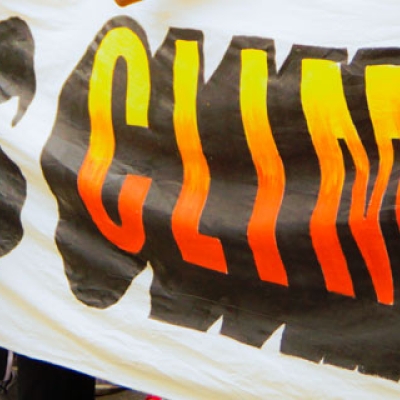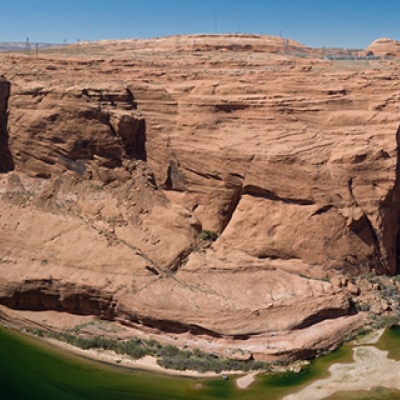
The Wolverine and the Refrigerator
By Charles C. Chester / On July 30th, 2012
One of Marvel Comics' most popular characters, Wolverine, was born with the genetic mutation allowing him to recover rapidly from any injury. Combine that with the Canadian [sic] government's program to replace his skeleton with the indestructible metal adamantium, and you have one tough character. The character's eponymous creature is also one tough critter, one that thrives in frozen mountain habitats and has been reported to scare off grizzlies from their kills.





